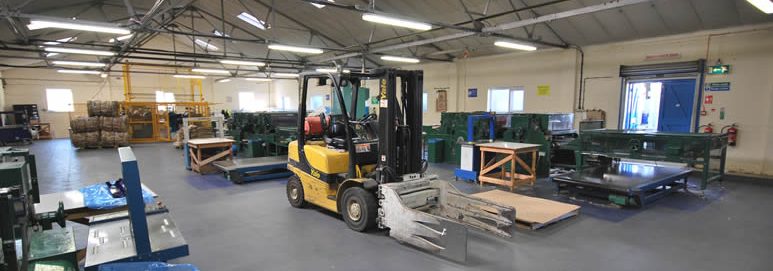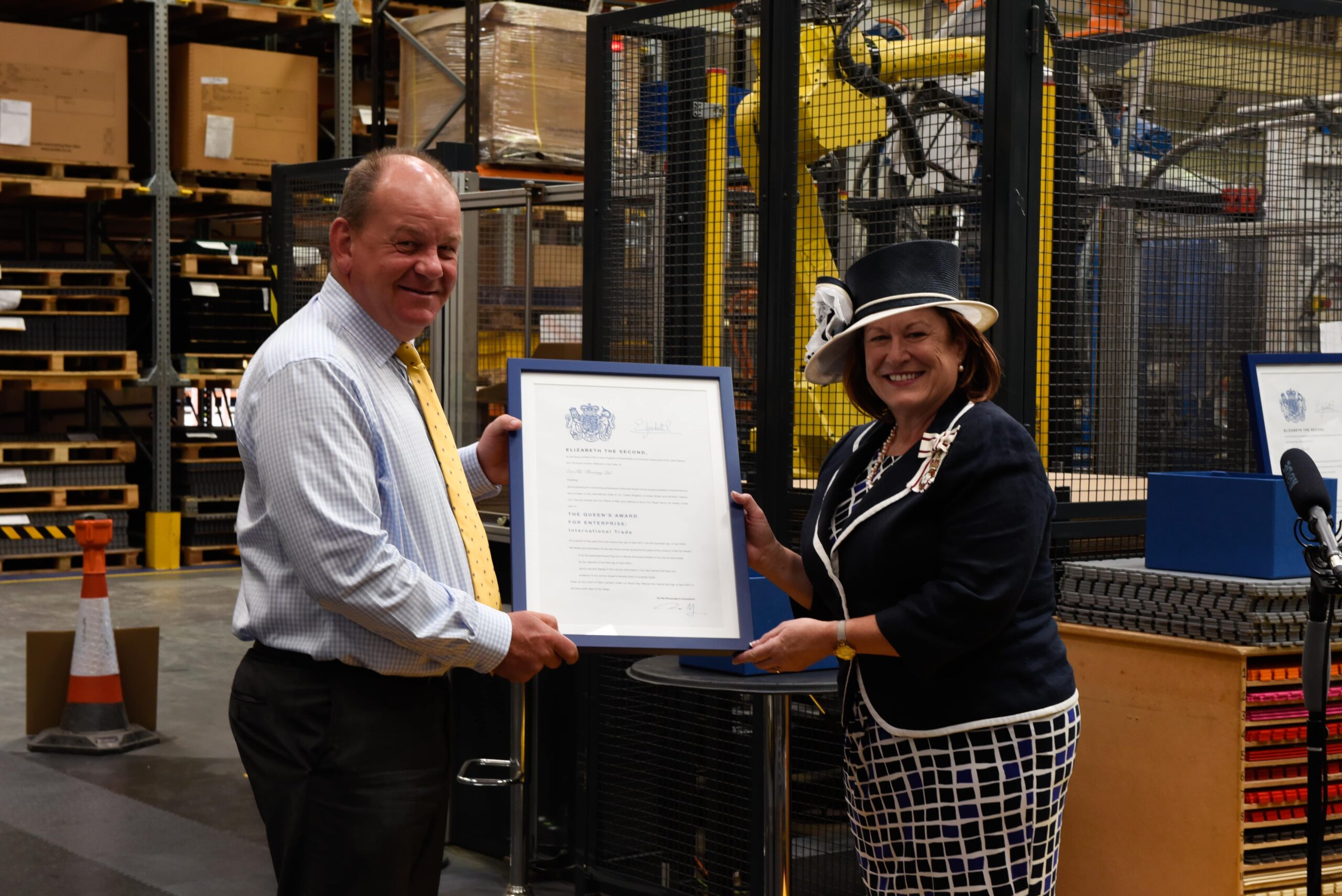
When the time comes to replace your industrial floor, it can be a dangerous investment for the business. Do it too soon and you risk impacting cash flow, but leave it too late and you begin putting your workforce in harm’s way. So how can you tell when it’s the right time to plan for a new floor? What are the tell-tale signs to look out for, so you can start budgeting well in advance? And what are the best ways to plan ahead so you can replace your floor without it impacting on budget?
These are tough times in British manufacturing and we all need to make important decisions about our infrastructure. finding the balance between managing cash flow and investing enough to keep a competitive edge are the skills that separate thriving businesses from struggling ones. For almost any organisation, industrial floor should be a key consideration.
Its no shock that a workforce performs better in a cleaner, smarter and well ordered environment. Nothing creates discouragement more than broken fixtures, worn out fittings and the general sense of being on a drifting ship.
Most industrial floor begins to wear in different areas because there maybe higher volumes of traffic in specific areas. It is quite common to repair these areas and leave the others. After all, it can quite seem like a waste of money to lay a new floor when large parts of it are still usable. There is nothing wrong with this approach. Laying a new industrial floor is expensive and disruptive.
Consider the following:
Safety first
To keep your workforce safe your industrial floor must not present a trip hazard. You can monitor this by checking if there are differences in floor levels greater than 3mm. If there are, you risk exposing your staff to accidents.
You should also take note of what your drivers tell you. If they are complaining of discomfort this could be due to the unevenness of the floor. This could even cause goods to wobble dangerously in transit. In short anything that affects the safe movement of forklifts is a warning sign and needs further investigation.
In many old factories, floors are made of different materials. Due to extensions and expansions, it is possible that half of the factory floor may be quarry tiled and the other timber. All materials expand and contract at different rates and over time large differences in levels can occur between the two floors. Rather than spending a lot of money raising or lowering one of the floors, a good installation team can create a gentle ramp and then tile over the whole area providing a hard wearing, safe floor surface.
Don’t over do it
We often see companies trying to make-do and mend for too long. It is often cheaper in the long run to install a brand new industrial floor than it is to keep patching up what you already have. When patching, consider that the problem is only ever going to get worse, not better. How much have you spent on repairs in the last 12 months? How much do you think you will have to keep spending this year and next? It might be cheaper to just get the whole lot sorted out now.
Consider efficiency savings
If you are going to take the leap and look into a new industrial floor then it is wise to factor in the additional financial benefits. A well thought out flooring system can be incorporated into a strict manufacturing strategy, improving efficiency and saving your company time and money. We did the exact same thing for Royal Mail and they were very happy with the results. Use different colour blocks for zoning areas such as goods in and goods out, or designating where certain products must be stored. Thinking about your floor in this way can have tremendous benefits to the bottom line. So if you are charged with selling the idea of a new industrial floor to the finance department, have a think about how your new flooring system can be used in this way to really drive the operation forward.
Budget for the future
If you find yourself making regular repairs then it is likely that your industrial floor is coming to the end of its life cycle. By keeping a close eye on these things, you can usually start to plan ahead so that it doesn’t come as a sudden and nasty shock. A well-planned operation knows when the less busy or shut down periods are and can budget to have the work completed during these times. Planning this is much better than panic reacting to a crisis caused by poor flooring management. Always consider the disruption and costs that are involved. The last thing you want to do is lose money whilst spending more.

CEO and founder James Gedye has established Ecotile as the leading provider of interlocking floor tiles to the UK and around the world. Founded in 1996 from his bedroom turned office, James has built Ecotile into a multi-million-pound business, with sustainability still at the heart of his vision.
Based in Luton, Bedfordshire, Ecotile remains a privately owned UK manufacturing company, precision engineering all products in a purpose-built ISO accredited factory.
Leading the company to 2 prestigious Queens Awards in 2017 for Enterprise for Innovation and International Trade, these accolades underline James’ desire to create the highest quality products and fly the flag for British manufacturing. Working directly with leading businesses for over 25 years, James’ Ecotile brand has become synonymous with trust.
Used by 1000s of leading businesses, trusted by the MoD and specified by contractors, Ecotile floor tiles can be found across the world.
Connect or follow James on LinkedIn…

